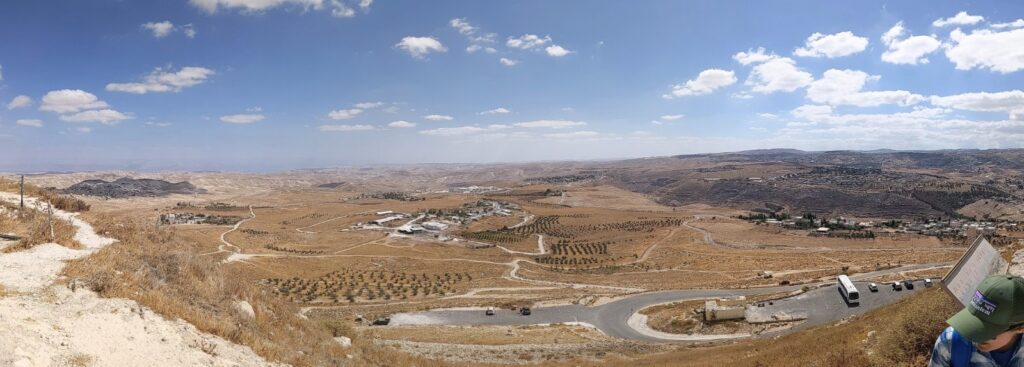
One thing that you learn real quick upon coming to Israel it that you can hardly go anywhere without mention of two names: Jesus, and Herod. Most of us might understand the abundance of places tied to Jesus, He is the most famous person who ever lived, but Herod is known mostly in infamy in Christian circles as the guy who tried to kill baby Jesus. Why is he so prominent? The answer is simple and telling – because Herod left us no choice but to remember him.
Let me give what is perhaps the most extreme example of Herod’s monumental building projects: The Herodian. The Herodian is Herod’s artificial mountain palace in the Judean desert. Let me say that again – artificial mountain. You read that right. Herod built himself a mountain to put a palace on, or more specifically, he moved a mountain rock by rock until it was in his ideal place for a desert palace. Remeber when Jesus talked about moving mountains? Herod had already done it. Not with faith the size of a mustard seed, but with hundreds if not thousands of laborers slaving away in the desert. Upon his death, Herod was buried at his artificial mountain. However, shortly after his death, people came and tore down the monument marking his burial site.
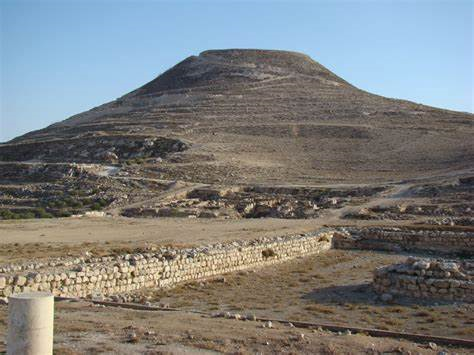
Herodian Mountain 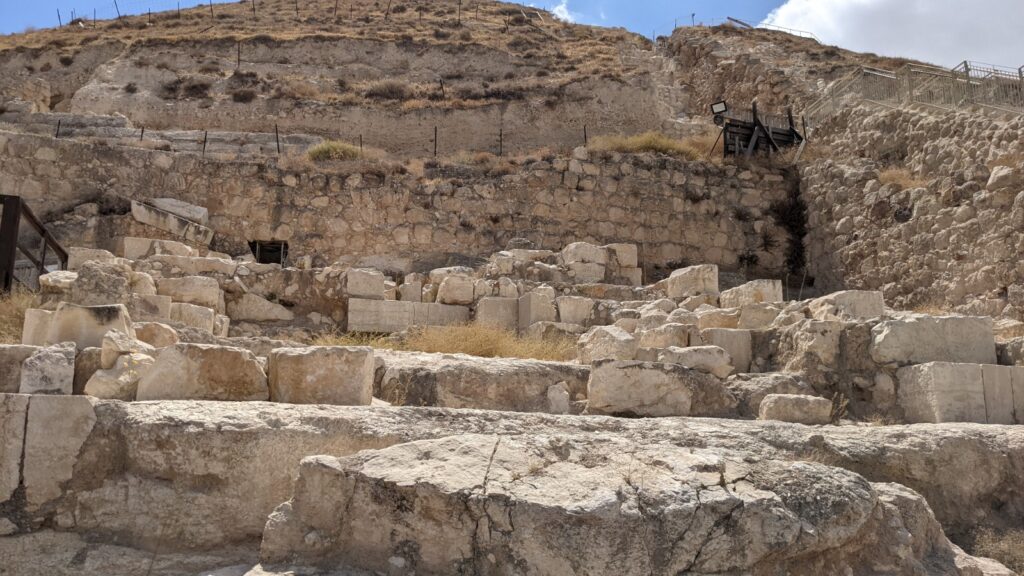
Herod’s tomb – What’s left of it 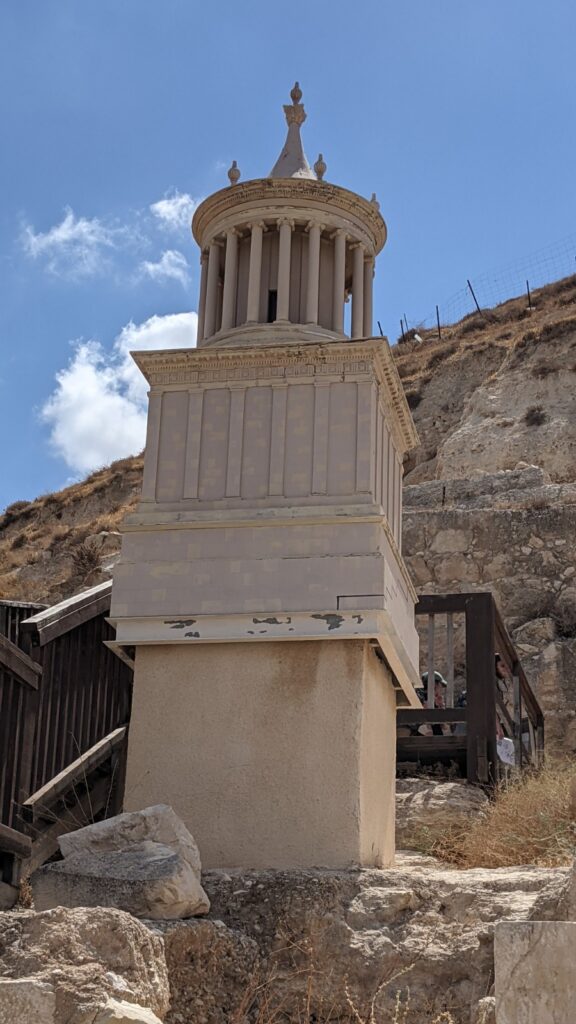
What Herod’s Tomb Used to Look Like 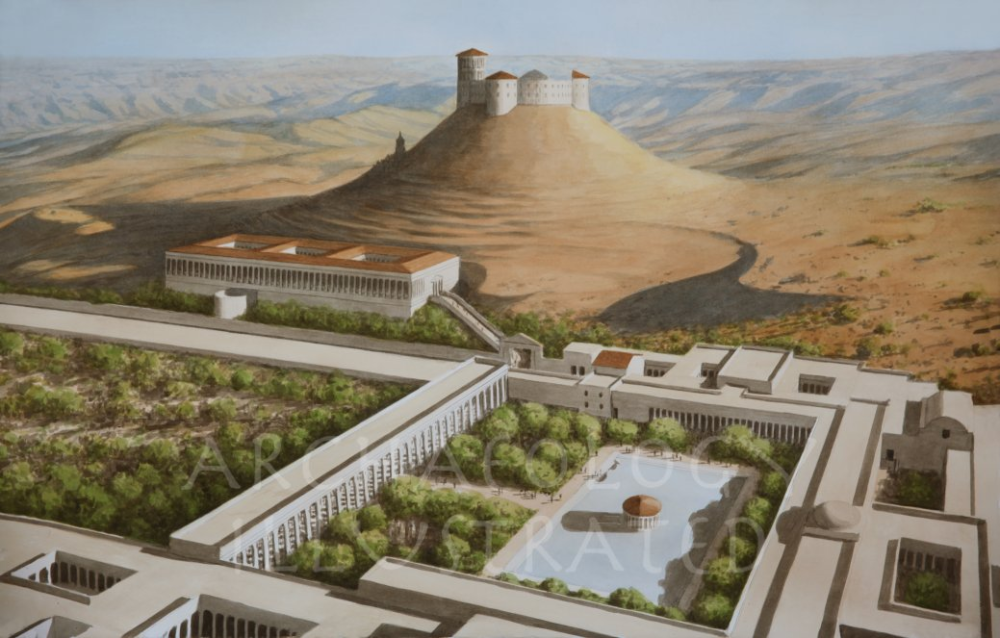
What it Used to Look Like. From Archaeology Illustrated.
I have already talked some about the Temple Mount, the large platform that held the Jewish Temple, and today houses the Dome of the Rock and the Al-Asqa Mosque. During the days of king Herod he more than doubled the size of the platform by extending it to the north, west, and south, crossing over small valleys if needed, and leveling hills that were in the way. The temple mount exists to this day in the exact same dimensions as during the time of Herod. It is visible from almost every angle in the hills surrounding Jerusalem.
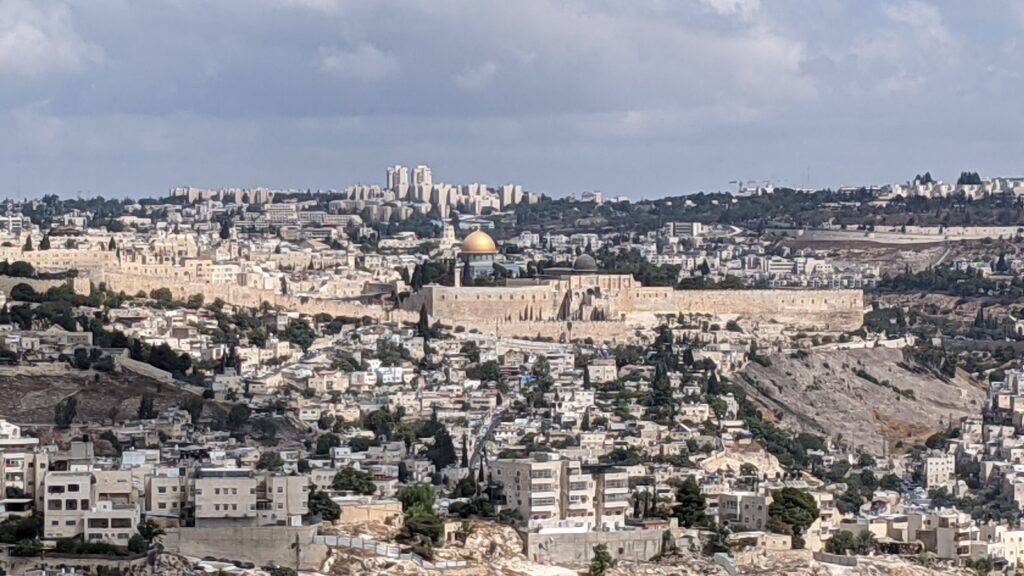
From the Hill of Evil Counsel – Where Judas is said to have Met with the Priests to Betray Jesus 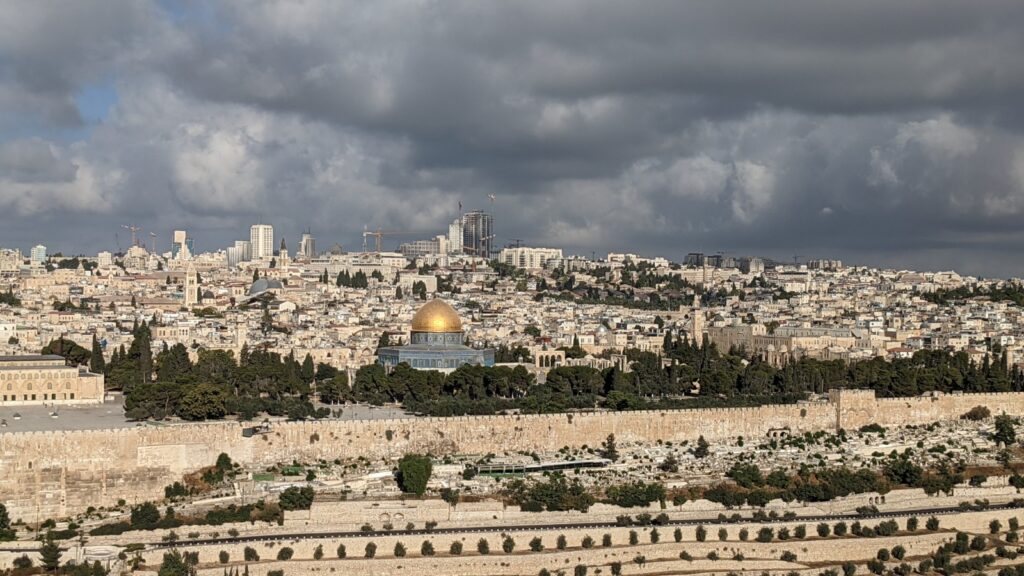
From the Mount of Olives 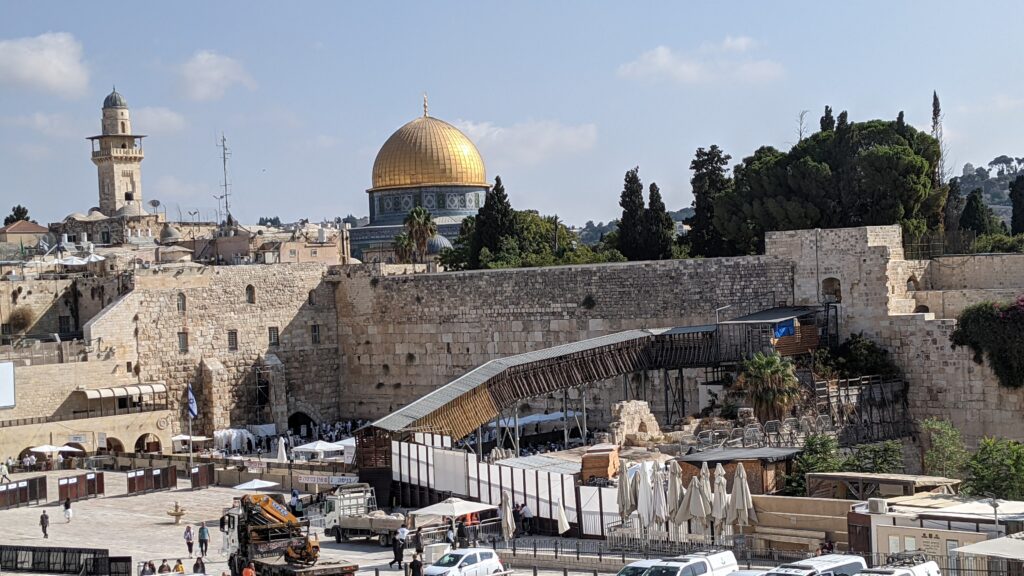
Looking at the Western Wall 
The Veiw from Dominus Flevit – Where Jesus Wept upon Seeing Jerusalem.
In Jesus’s day roughly 30 years following Herod’s death, this would have easily been the most monumental site in Jerusalem. Even his disciples marveled at it.
And as he came out of the temple, one of his disciples said to him, “Look, Teacher, what wonderful stones and what wonderful buildings!” And Jesus said to him, “Do you see these great buildings? There will not be left here one stone upon another that will not be thrown down.”
Mark 13:1-2
Jesus’s words here are a grim reminder. Sadly, less then 40 years after He spoke this prophecy, it would come true, And Rome came through and demolished much of the temple mount walls, until they were lying in rubble all around.
Shortly after Jesus spoke those words, he spent a night with his disciples on the mount of Olives, a place called Gethsemane, or Gat-Shemen, litterally “the olive press.” This garden, or orchard, would have been filled with olive trees, which, as they get older, turn into some pretty gnarly plants. Here Jesus spent his last night in prayer, before being betrayed by Judas, imprisoned, and crucified.
Jesus’s death and subsequent resurrection, showed the true nature of the Messiah, not as a coming king, but rather the lamb that takes away the sins of the world. He did not move mountains by the broken backs of laborers, but labored himself to carry the weight of our sins, and move heaven and earth to bring us back into the presence of God. His everlasting kingdom is not of this world, but it is a New Heaven and a New Earth untied together, and it is still yet to come. Herod died (a very horrible death by the way) and was buried in a monument to himself that lasted only a couple years before being destoryed, Jesus died and was buried in a borrowed tomb, which he left after three days, and it remains empty to this day.
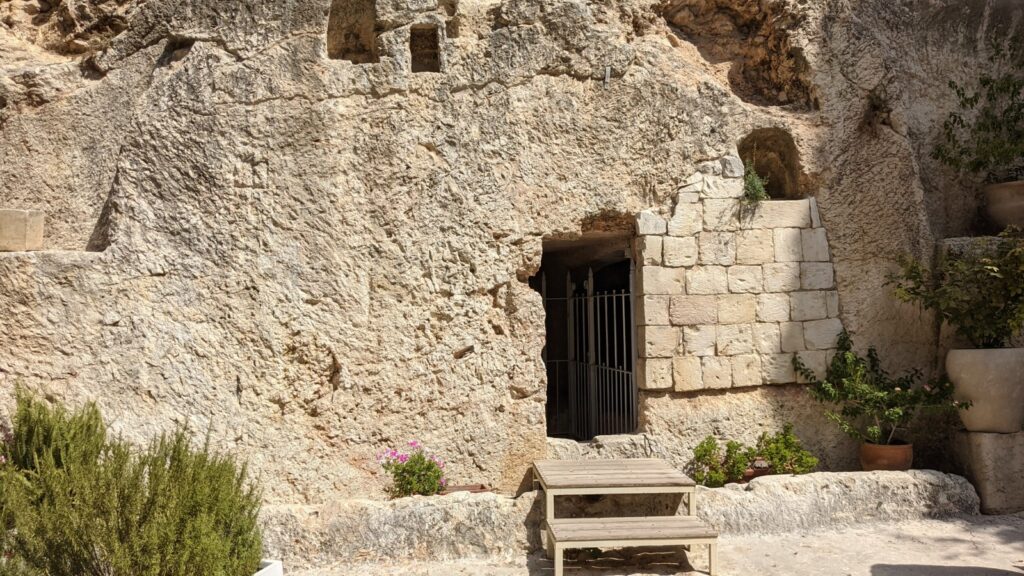
The Garden Tomb 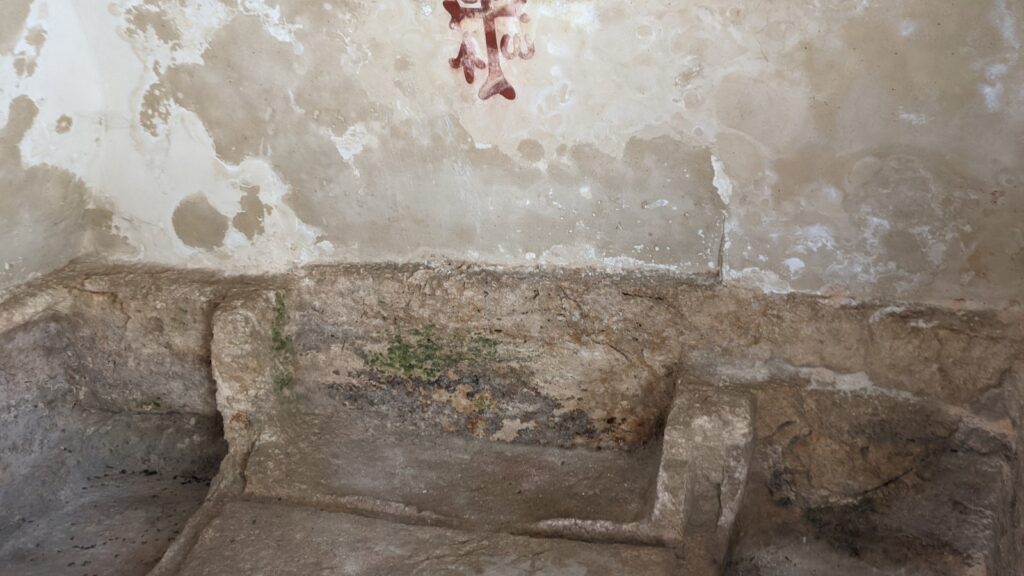
The Garden Tomb Interior, the Platforms Were Removed by the Crusaders 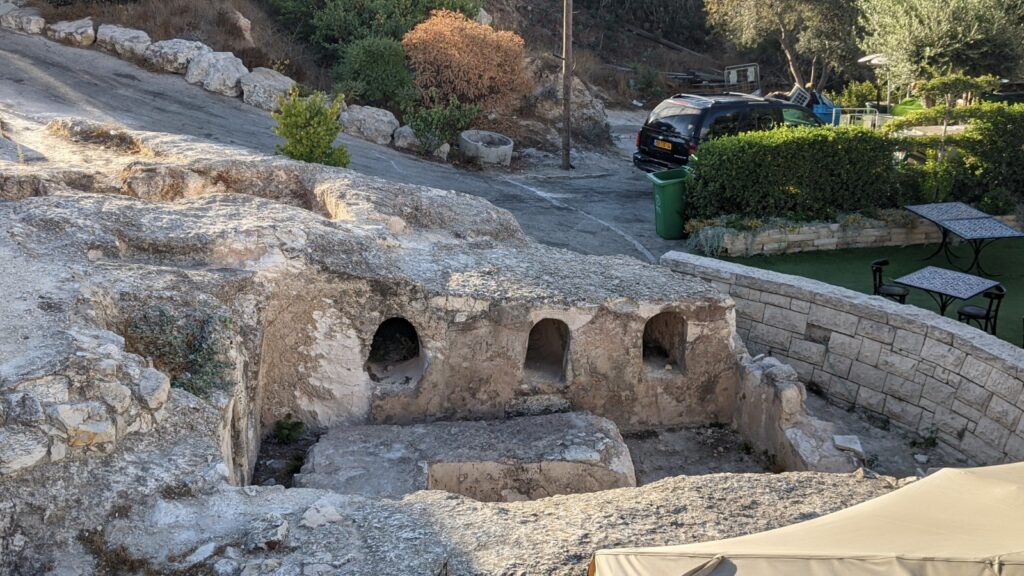
A 1st Century Tomb, Showing What Jesus’s Tomb may have Looked Like 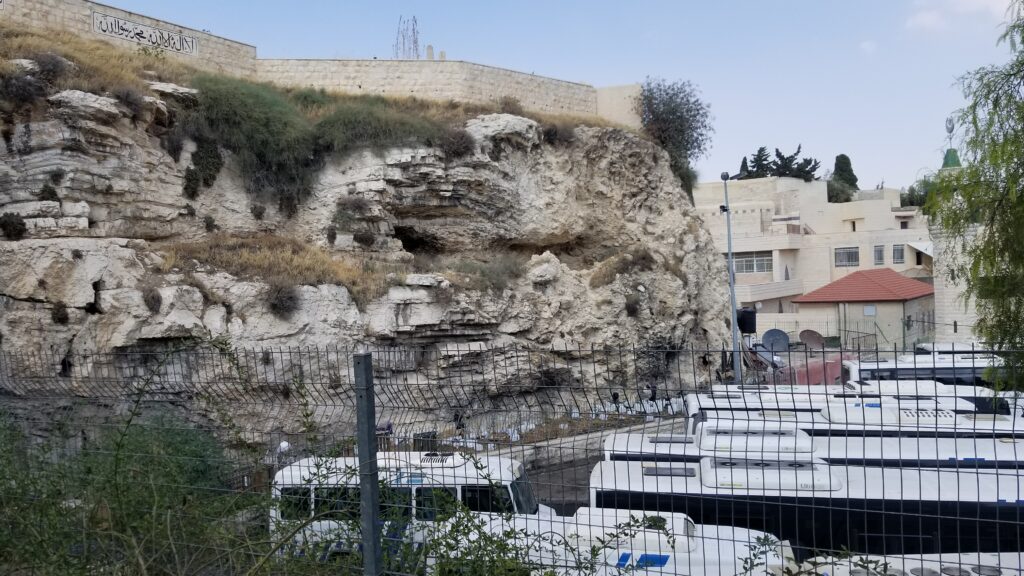
Skull Hill – Golgotha? 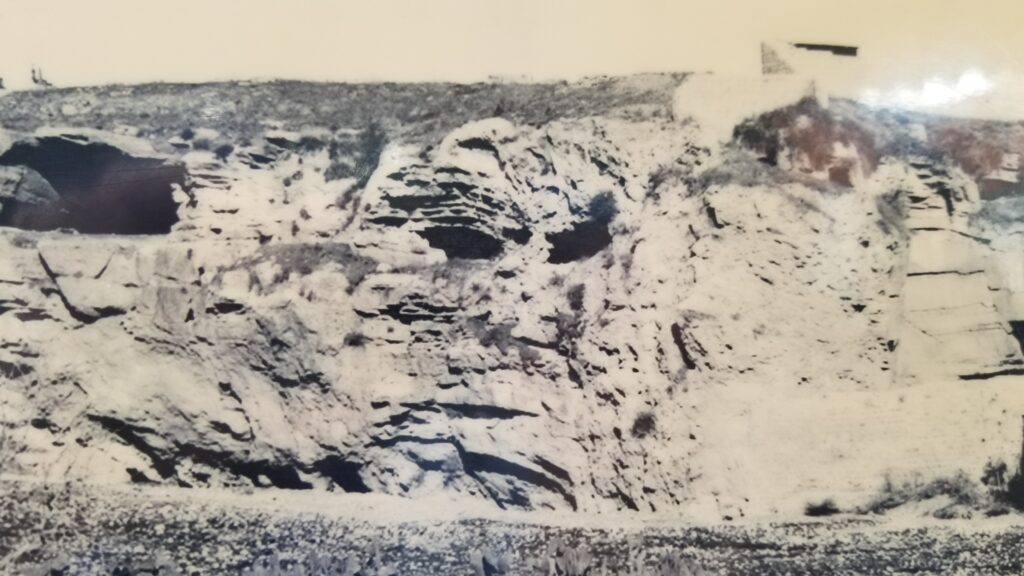
Skull Hill Before they Built a Bus Station
The Garden Tomb, north of Damascus gate, is probably not the place where Jesus was buried, but it sure looks like what Jesus’s tomb might have. The skull shaped hill is reminiscent of Golgotha, the Place of the Skull, where Jesus was crucified. It is a good place to go and reflect on what Jesus has done for us.

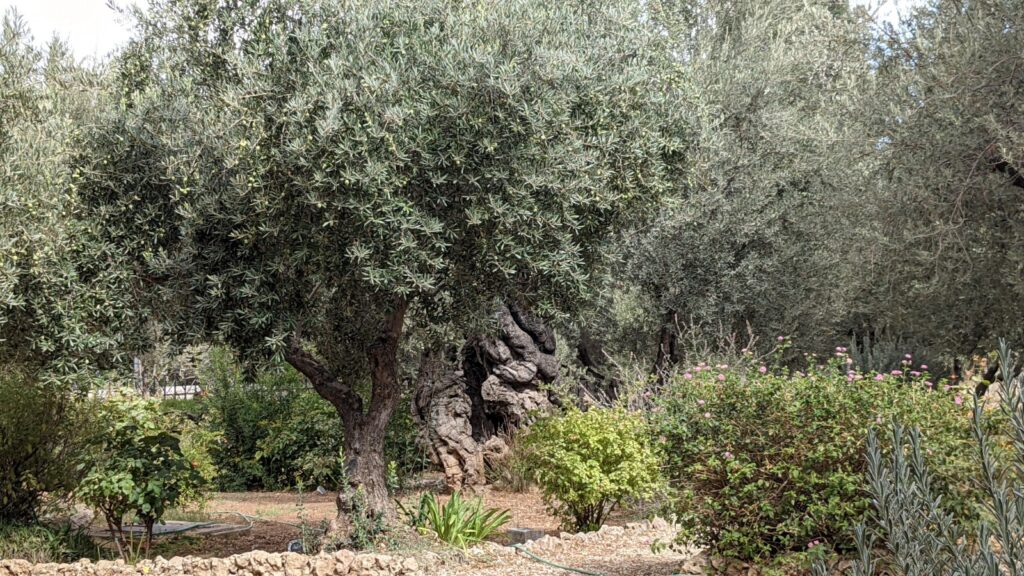
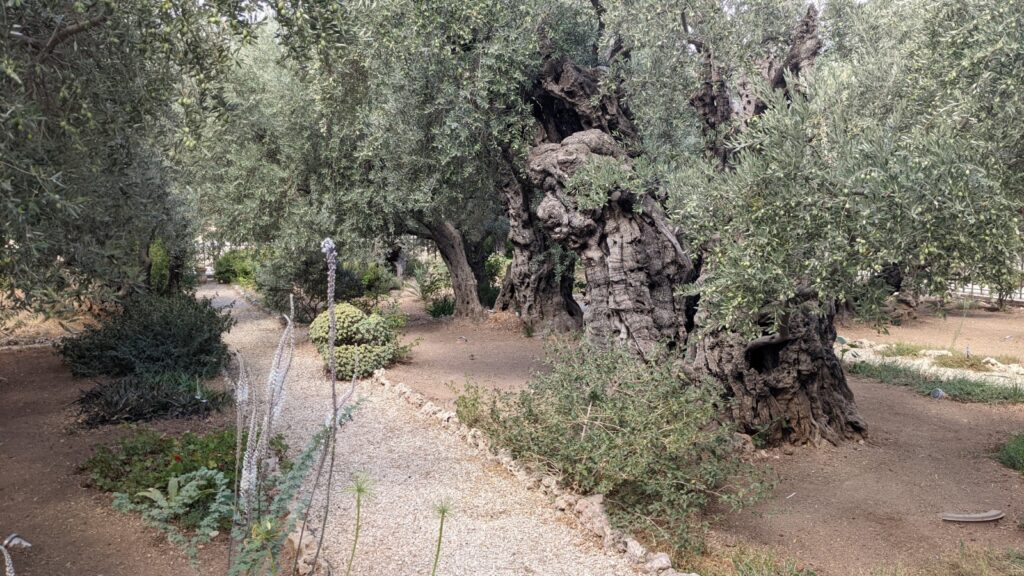
Colleen Deeter
Nancy Williams